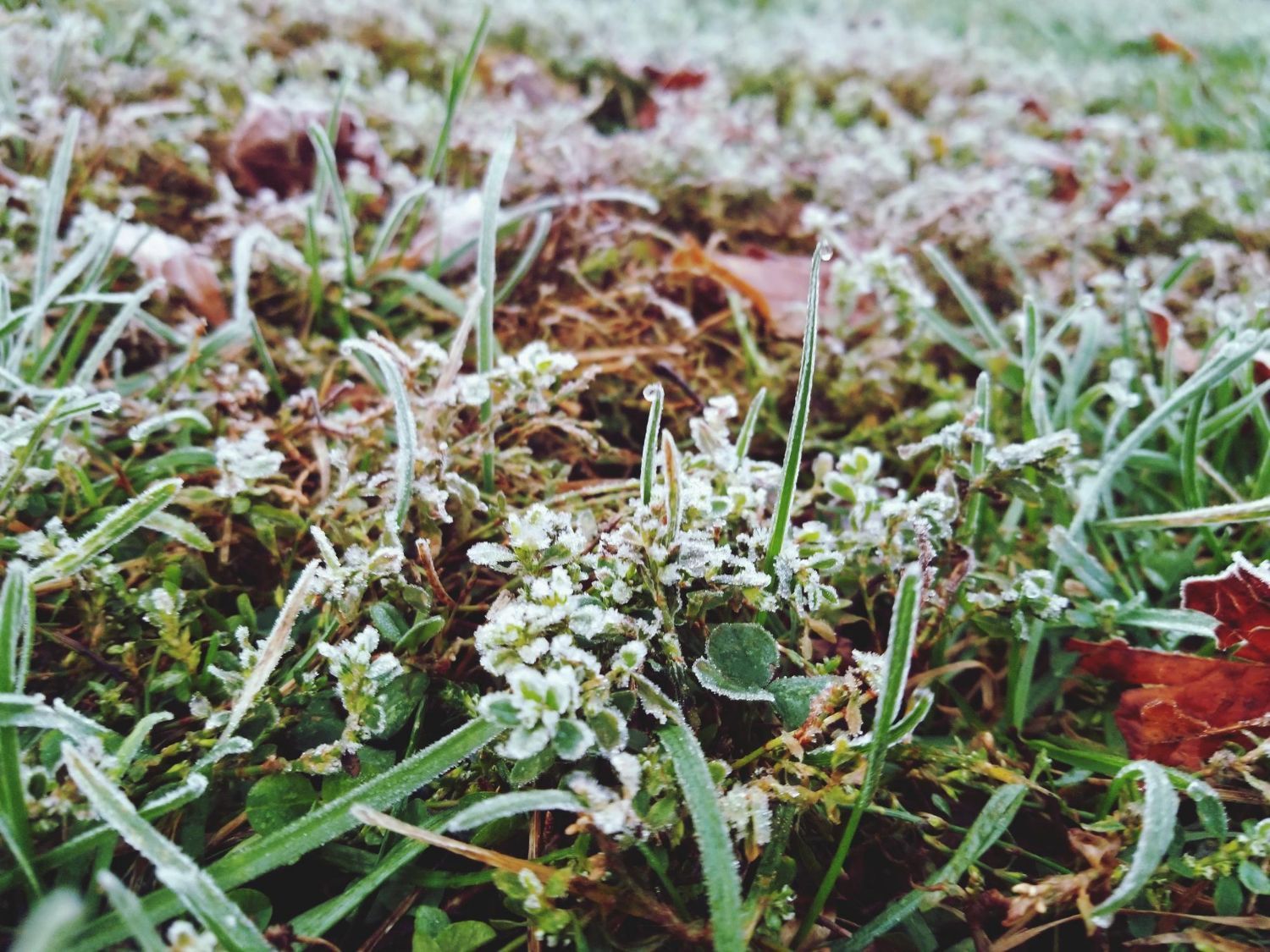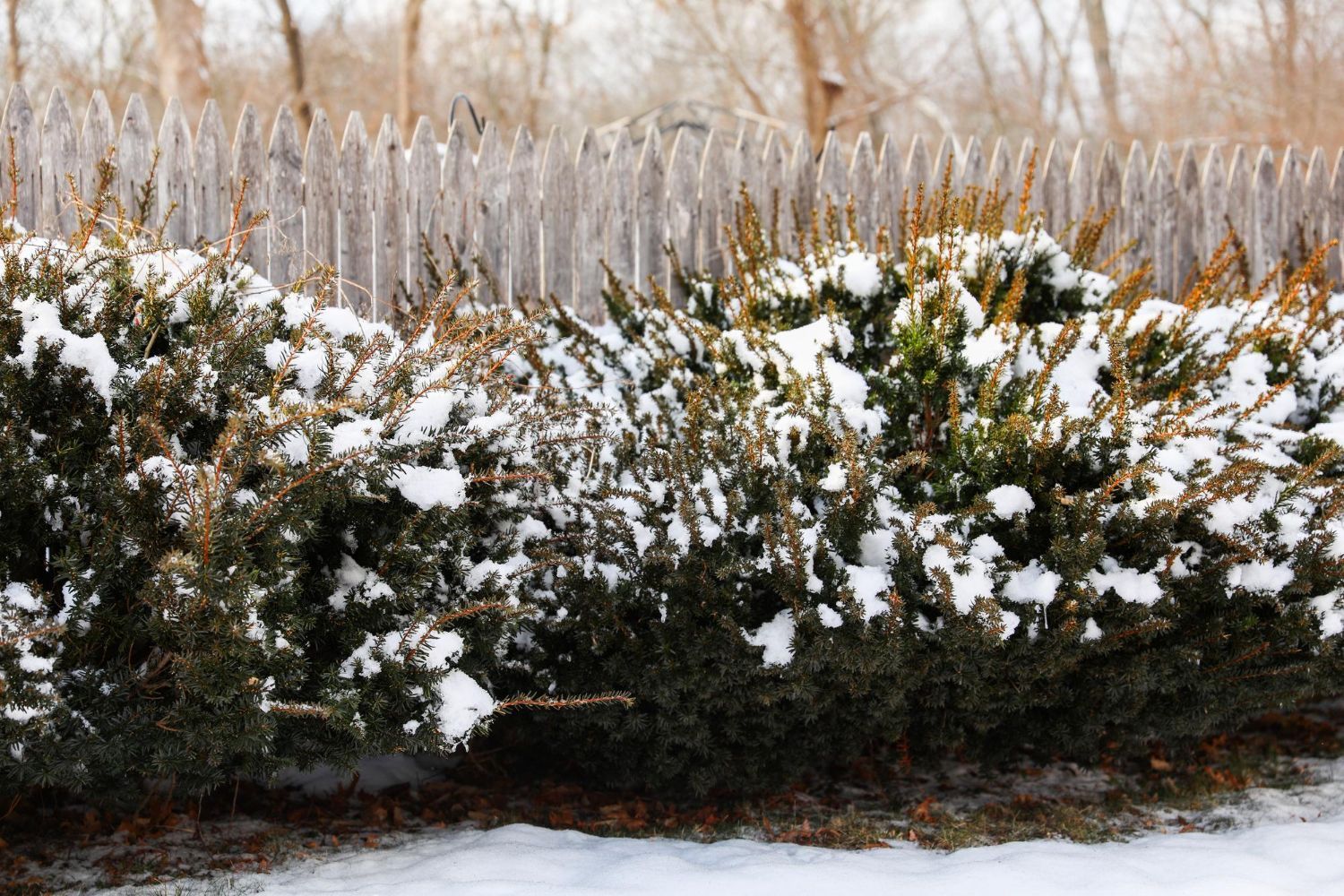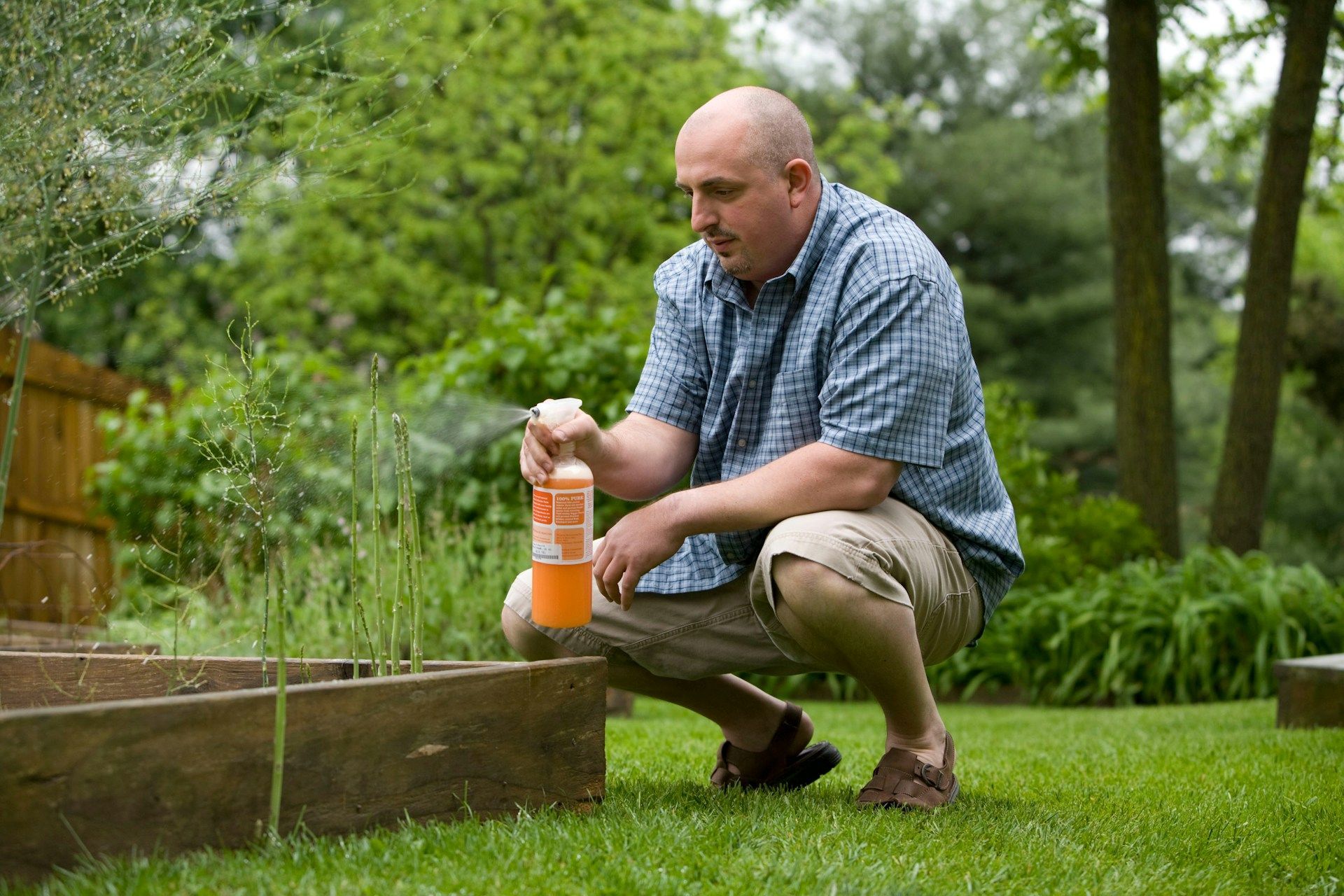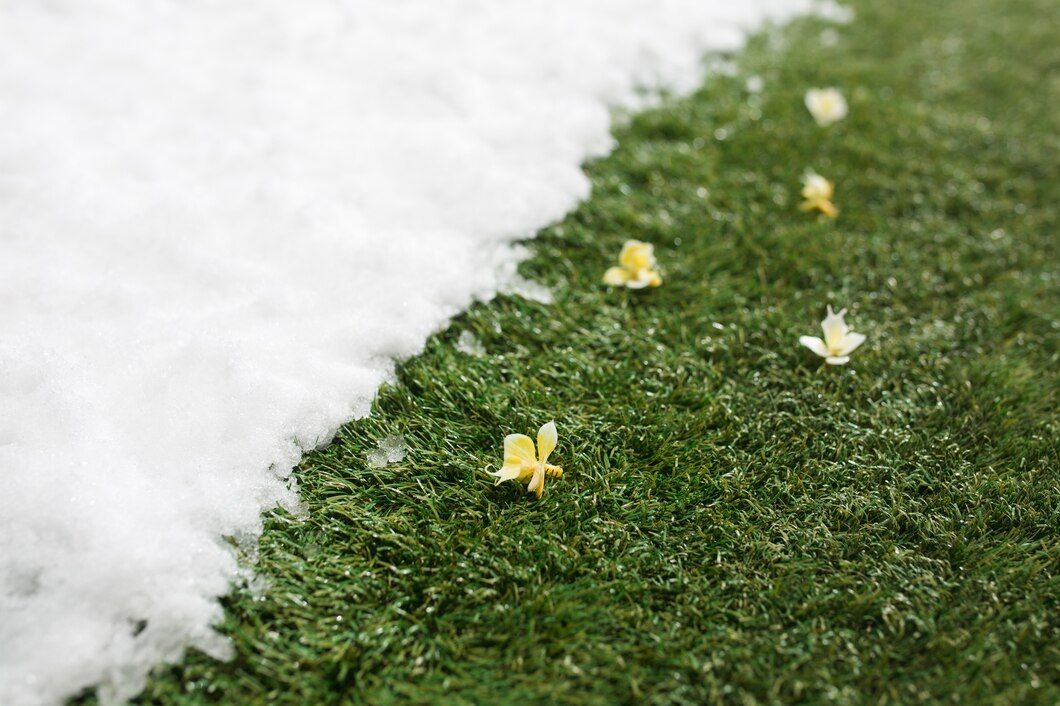What Our Customers Are Saying
Effective Weed Control and Fertilization Tips
Keeping a lawn looking its best requires more than just regular mowing and watering. Effective weed control and proper fertilization are key elements in maintaining a healthy and vibrant yard. Weeds can quickly take over and damage the appearance and health of your grass, while the right nutrients help your lawn grow strong and resilient. In this guide, we'll explore the basics of weed control, different methods to manage them, and the best practices for fertilizing your lawn.
Common Types of Weeds and Their Impact
Weeds can quickly take over a lawn if not managed properly. They compete with grass and other plants for water, sunlight, and nutrients, which can weaken your lawn over time. Common types of weeds include broadleaf weeds like dandelions and clover, grassy weeds like crabgrass, and sedges like nutsedge. Each type of weed has its own impact on your lawn, and identifying them is the first step in effective weed control.
Broadleaf weeds often have wide, flat leaves and can be easily spotted among the grass. They can grow rapidly and produce many seeds, leading to quick spread. Grassy weeds look similar to grass, making them harder to detect. They tend to grow in clumps and can disrupt the uniform appearance of your lawn. Sedges are grass-like but have a triangular stem and thrive in moist conditions.
Preventative Measures for Weed Control
Preventing weeds from taking root is much easier than trying to remove them later. One of the best preventative measures is maintaining a healthy lawn. Thick, well-maintained grass can crowd out weeds and prevent them from establishing. Regular mowing, proper watering, and fertilization keep your lawn strong and resilient against weed invasion.
Another effective preventative measure is mulching. Mulch acts as a barrier, blocking sunlight from reaching weed seeds and preventing them from germinating. It also helps retain soil moisture and improve soil health. Applying mulch around trees, shrubs, and garden beds can significantly reduce the number of weeds.
Using pre-emergent herbicides is another way to prevent weeds. These herbicides work by stopping weed seeds from germinating. Apply them in early spring before the weed seeds begin to sprout for the best results. Always follow the label instructions carefully to avoid damaging your lawn and other plants.
Types of Weed Control Methods
1. Manual Weed Removal Techniques
Manual weed removal is one of the oldest and most effective methods for dealing with weeds. This involves physically pulling the weeds out of the ground, ensuring you get the roots so they don't grow back. Tools like hand trowels, hoes, and weeding forks can make the process easier and more effective.
For small patches of weeds, hand pulling is often sufficient. Grab the weed close to the base and pull it out gently but firmly. For larger infestations, using a hoe or weeding fork can speed up the process. These tools help loosen the soil around the weeds, making it easier to remove them completely. Regular weeding prevents weeds from spreading and keeps your lawn looking neat.
2. Chemical Herbicides: When and How to Use Them
Chemical herbicides can be very effective when used correctly. There are two main types: pre-emergent and post-emergent herbicides. Pre-emergent herbicides prevent weed seeds from germinating and should be applied before weeds appear. They are especially useful in early spring to tackle weeds like crabgrass.
Post-emergent herbicides, on the other hand, work on weeds that are already growing. These can be selective, targeting specific types of weeds without harming your grass, or non-selective, which kills any plant they come into contact with. Selective herbicides are ideal for lawns, while non-selective ones are better suited for walkways or unused areas.
When using herbicides, always read and follow the label instructions carefully. Applying too much can harm your lawn, while applying too little may be ineffective. Always wear protective clothing and avoid spraying on windy days to prevent the herbicide from drifting to other plants. Proper use of herbicides helps keep your lawn weed-free and healthy.
Seasonal Weed Control and Fertilization Tips
1. Spring and Summer Strategies
Spring and summer are key seasons for lawn care, especially for weed control and fertilization. As the weather warms up, weeds start to grow more aggressively. Pre-emergent herbicides are a great way to prevent weeds from sprouting. Apply these herbicides in early spring before the weeds have a chance to grow.
In addition to controlling weeds, spring is the ideal time to start fertilizing your lawn. Look for a balanced fertilizer that provides essential nutrients like nitrogen, phosphorus, and potassium. Apply the fertilizer evenly across your lawn, following the manufacturer's instructions to avoid over-fertilizing.
During summer, focus on regular mowing and spot-treating any weeds that pop up. Keep your lawn well-watered, especially during dry spells. Deep watering once a week is generally better than frequent, shallow watering. This encourages deep root growth and helps your lawn withstand the summer heat.
2. Fall and Winter Maintenance Guide
Fall is another critical time for lawn care. As the weather cools down, apply a final round of fertilizer to help your lawn recover from the summer and prepare for winter. Use a slow-release fertilizer that will gradually provide nutrients throughout the fall and into the early winter.
Fall is also a good time for aeration, which involves perforating the soil to allow air, water, and nutrients to reach the roots. This helps improve soil structure and promotes healthy root growth. In addition, overseeding your lawn can fill in thin or bare spots and create a thicker, more resilient turf.
During winter, lawn care maintenance focuses on preventing damage. Keep leaves and debris off the lawn to avoid suffocating the grass. Minimize foot traffic to prevent soil compaction and damage to the dormant lawn.
Conclusion
Taking care of your lawn is a year-round commitment that yields beautiful results. Understanding the basics of weed control and knowing when and how to fertilize can make a big difference in the health of your grass.
From selecting the right mower to mastering mowing techniques, each step in lawn care plays a vital role. It's not just about having a neat yard; it's about creating a vibrant and resilient lawn that enhances your home's curb appeal.
For expert
weed control services and personalized advice, reach out to Healthy Lawn. Our professionals are here to help you achieve the lush, green lawn you've always wanted. Contact us today to learn more about our services and how we can assist you in maintaining a healthy lawn.









